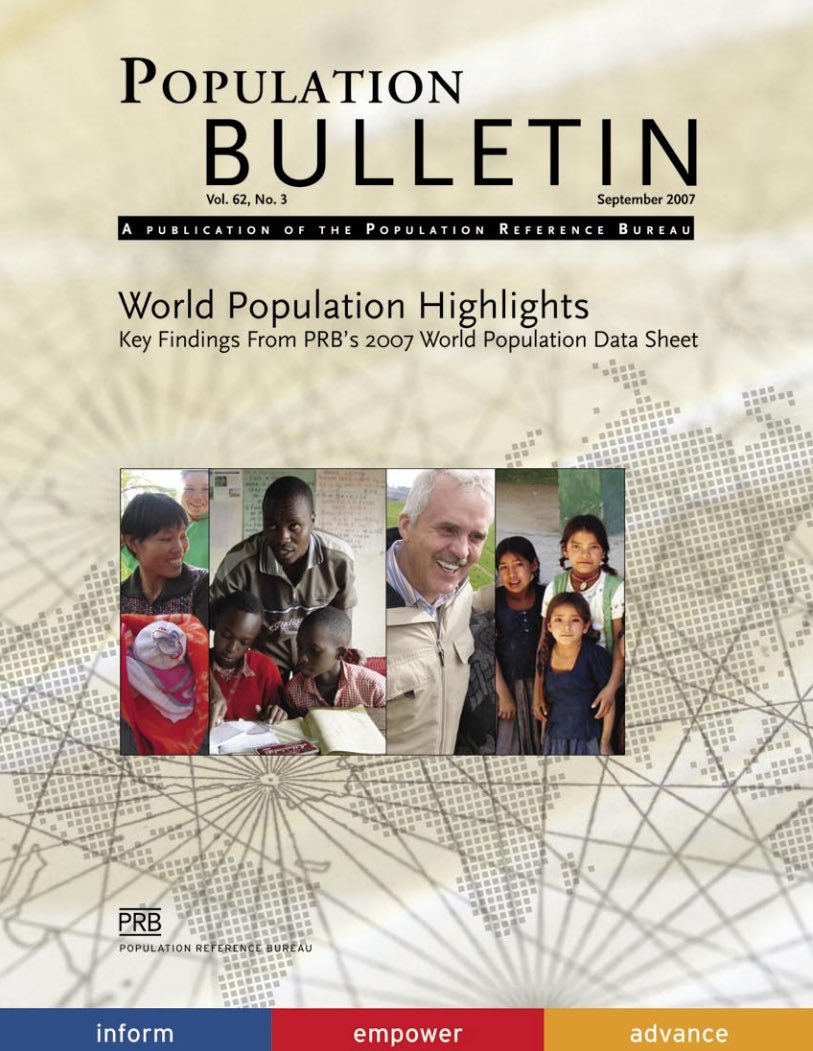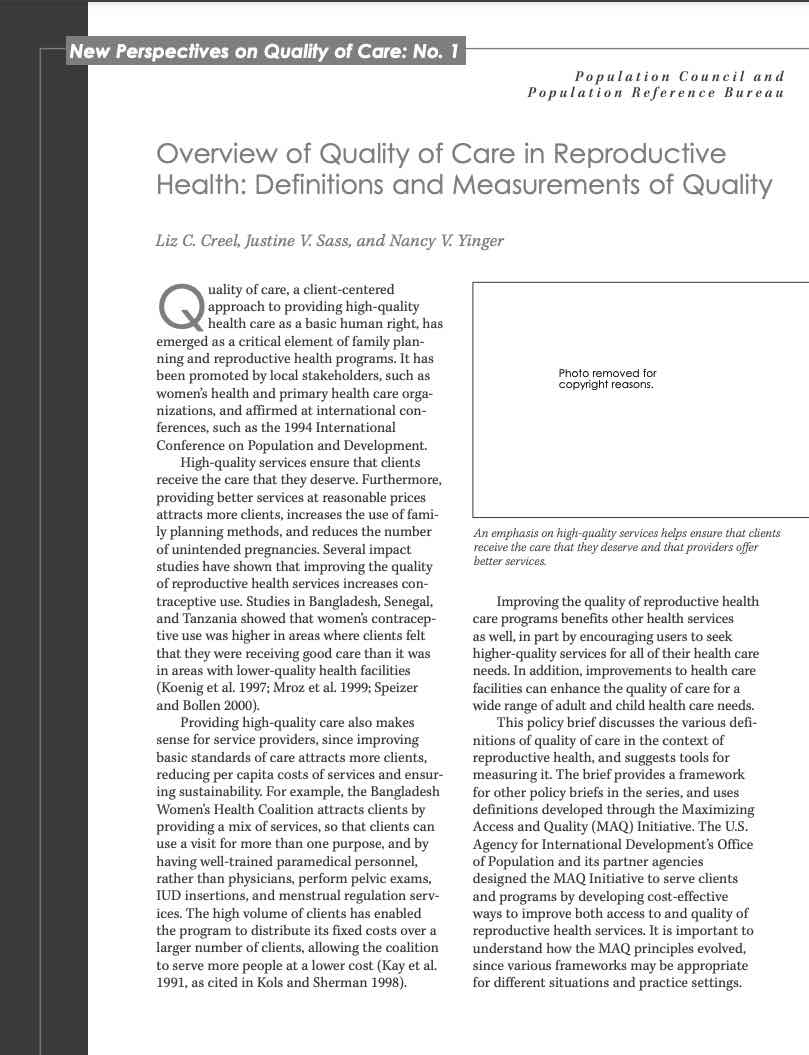Climate Change, Rural Vulnerabilities, and Migration
In February 2007, the Intergovernmental Panel on Climate Change (IPCC), a panel of international experts assessing the current scientific knowledge on climate asserted that warming of the earth's climate system is "unequivocal."1



